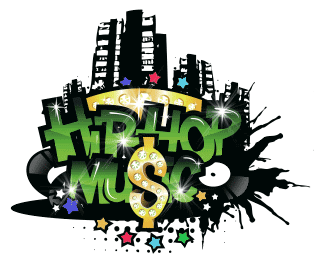What Is
Clickbait?
How to Go Viral Using Clickbait!
🔥🔥🔥
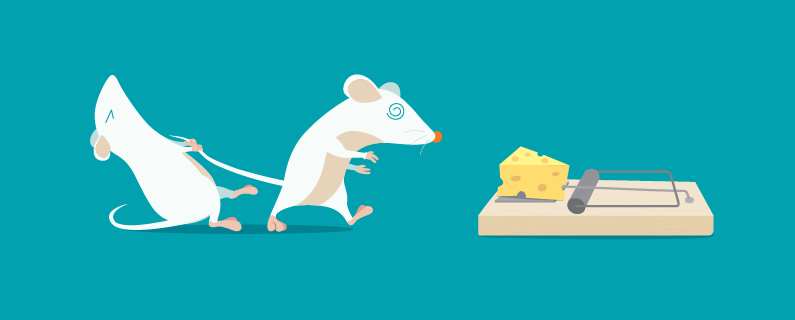
Translate this page:
Jay Geiger: The term clickbait was invented by Jay Geiger in a blogpost written in December of 2006. Clickbait is a combination of the words click, referring to the click of the computer mouse, and bait, referring to something that lures the user. You can learn more about it here or you can skip to:
Clickbait or linkbait, a form of false advertisement, uses hyperlink text or a thumbnail link that is designed to attract attention and to entice users to follow that link and read, view, or listen to the linked piece of online content, with a defining characteristic of being deceptive, typically sensationalized or misleading. A "teaser" aims to exploit the "curiosity gap", providing just enough information to make readers of news websites curious, but not enough to satisfy their curiosity without clicking through to the linked content. Click-bait headlines add an element of Hooks and Attention Grabbers
, using enticements that do not accurately reflect the content being delivered. The "-bait" part of the term makes an analogy with fishing, where a hook is disguised by an enticement (bait), presenting the impression to the fish that it is a desirable thing to swallow.
"How To Get Rich Quick" Is an infamous form of Clickbait circulated on the internet.
Long before the Internet, an unscrupulous marketing practice known as bait-and-switch used similar dishonest methods to hook customers. Like bait-and-switch, clickbait is a form of fraud. (Click fraud, however, is a separate form of online misrepresentation which uses a more extreme disconnect between what is being presented in the frontside of the link versus what is on the click-through side of the link, also encompassing malicious code.) The term clickbait does not encompass all cases where the user arrives at a destination that is not anticipated from the link that is clicked. When the manipulation is done for the purpose of humor, as with rickrolling, and there is no element of exploitation, then that deception does not qualify as clickbait.[citation needed] The term can also be misused when viewers complain about an enticing thumbnail or title, as with a sexually provocative image. But if the image or title accurately reflects the content delivered upon click-through, then this is an example of simple enticement. Without the element of deception, it does not qualify as clickbait. The borderline cases happen when a content creator inserts a very short segment in order to serve as justification for a provocative thumbnail, when the vast majority of the content has nothing to do with this short segment or thumbnail. Here, a strong case for clickbait can be made by any user, as the overriding characteristic is deception for the purpose of exploiting the user.
What Is ClickHole?
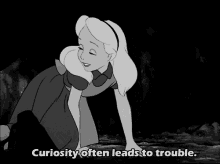
ClickHole is a satirical website formerly owned by The Onion that parodies clickbait websites such as BuzzFeed and Upworthy. It was launched on June 12, 2014, in conjunction with The Onion's decision to stop its print edition and shift its focus exclusively to the internet. According to ClickHole's senior editor, Jermaine Affonso, the website "is The Onion's response to click-bait content" and serves as "a parody of online media". Critics noted that, on a deeper level, ClickHole illustrates the shallow nature of social media content and media sites' desperation to share such content.
On February 3, 2020, the website was acquired by the team behind Cards Against Humanity. After the purchase, the website's employees became its majority owners, and will retain complete creative control. As a result of the purchase, the website went on hiatus from February 3 to May 20.
ClickHole aims to mock content posted on media sites, using satire, and tries to make its content shareable. According to its website, ClickHole wants "to make sure that all of [its] content panders to and misleads [its] readers just enough to make it go viral". In most of its posts, ClickHole tries to convey an underlying message, usually poking fun at social media users or societal behaviors.
The website ClickHole aims to publish content frequently, setting a target of 7–10 new posts daily.
Good Clickbait Example:
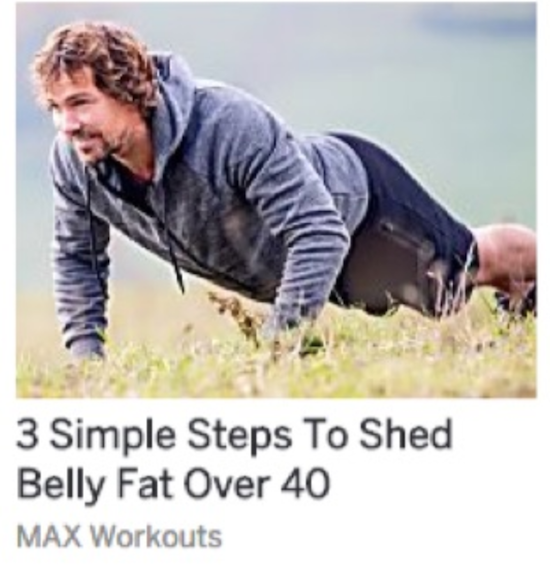 Learn More
Learn More
What makes good clickbait? Create Some Hype. Many clickbait headlines use words like unbelievable, amusing, amazing, or shocking to get the interest of the reader. Using these words promises to show the reader content that will stun them. When you start with such a promise, make sure your content is strong enough to deliver on it or the reader will click away for your content and damage your bounce rate (stay on topic).
Clickbait resourses: Stories that are promoted as news which are either misleading, rumors, urban legends,
hoaxes, conspiracy theories and/or propaganda.
What is the point of clickbait? (KEY WORD IT'S BAIT!) Clickbait is a pejorative term describing web content that is aimed at generating online advertising revenue, especially at the expense of quality or accuracy, relying on
sensationalist headlines or eye-catching thumbnail pictures to attract click-through and to encourage forwarding of the material over online social.
Clickbait: Right vs. Wrong: Clickbait is associated with content with the sheer purpose of creating revenue through increased traffic. One could argue that anyone with a website wants to drive traffic and make money — so there’s nothing wrong with that.
With that in mind, it’s important to know the difference between driving revenue and manipulating users into visiting your site. The latter option prioritizes clicks over quality and doesn’t bother to stay true to the facts.
Below are Blogs that have "Clickbait" information that take a "left leaning" and a "right leaning" view of what Clickbait is and how it is used and not used to: go viral, improve SEO, generate revenue, drive social traffic and how some well known industry brands have made Clickbait a part of their succsess. With a better understanding of how Clickbait works. You can decide which side has the better argument.
10 Good Clickbait Examples: One Smart Penny....E-commerce Simplified....Live on Kickstarter....Matt Davies Team....My Snoring Solution....Puppies Way....Collage.com. Clickbait works because it (a) appeals to your lizard brain and (b) tickles your innate desire for curiosity. Best gift ever....Easy diet that let's you eat what you want....Millionair's do this before 6am.....Guess these celeberity beach bodies....
Some media sites hide advertisements in their list of news reports by making claims that a source can reduce insurance rates only in your specific area or have breaking information about a free home solution for a specific illness you may have. All to get you to click on that link to wellness. Not all clickbait is in the form of "Eye Catching Headlines" they often appear as an "image with a curiosity labeled meaning" or symbol.
Good Clickbait Example:
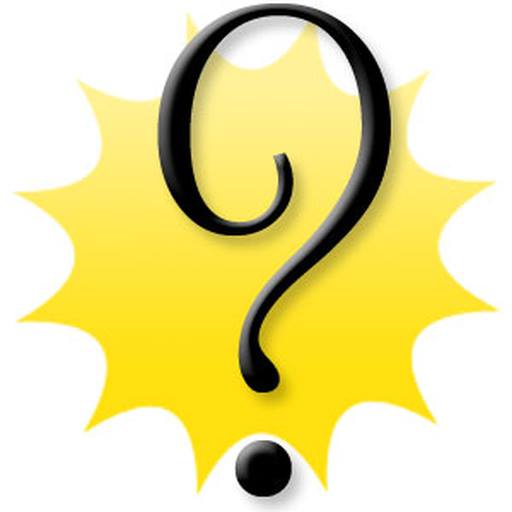 Learn More
Learn More
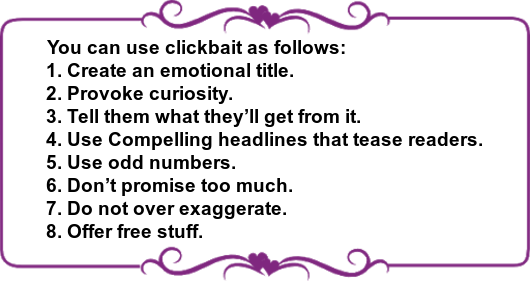
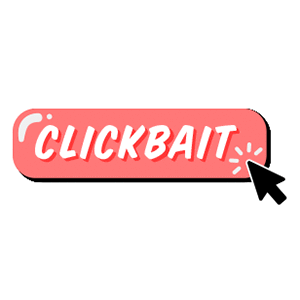

You Never Know What You Are Getting Into.
💔 💔 💔 💔 💔 💔
💥
(And How It Will Negatively Impact Your Business)
💥
💥
💥
💥
💥
💥
💥
💥
💥
💥
How You Can Copy Their Success
Clickbait example: Provoke curiosity!
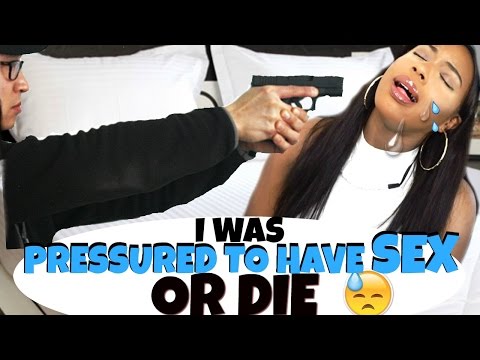
7 minute video on
"How clickbait can work in SEO!"
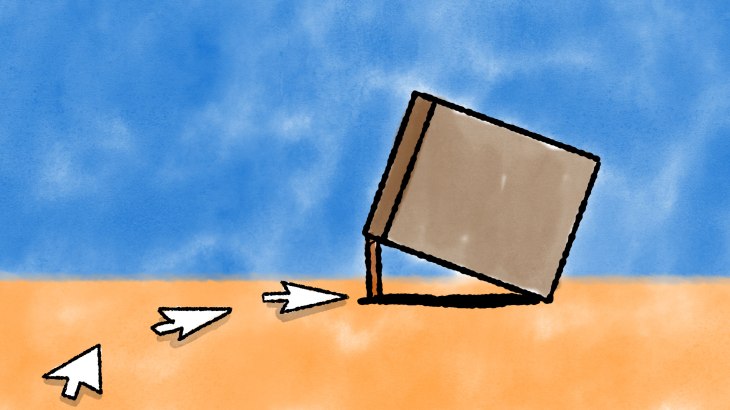
Hip Hop Beats!
Clickbait 101
So how To Approach Using It?
(The logic of Clickbait)
Why use Clickbait? “(on the Internet meaning) Content whose main purpose is to attract attention and encourage visitors to click on a link to a particular web page. Taken for its denotative meaning, clickbait does what all content marketers want – it entices the audience to click on the headline and consume their content. Clickbait is best for short-term revenue Regardless of all their drawbacks, clickbait does one thing right – it brings views. Given that total number of views affects your ad revenue, there will always be people who are willing to build their channel in such a manner. How a headline is presented is a clickbait tactic that can improve the amount of pageviews with a simple change to the wording as follows:
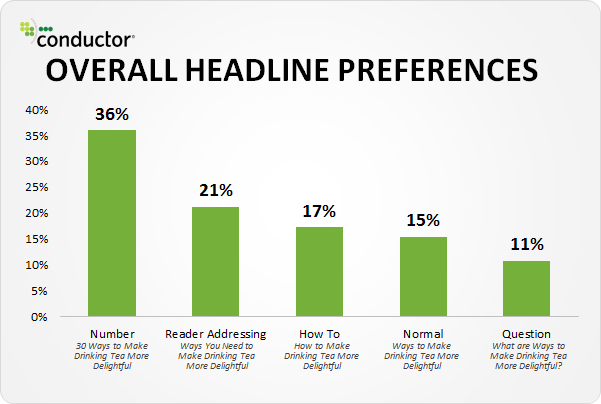
If clickbait headlines results in more pageviews and social shares, it follows that more people will be exposed to your brand as your content spreads across the web. Increasing brand awareness is vital to content marketing, and creating compelling clickbait is a great way to do it. Since it's not encouraged, saying something is clickbait carries a negative connotation. Since 2017, clickbait has been used in tandem with another internet term fake news, as fake news stories are often dressed as clickbait. Clickbait is also associated with, and used by, internet scams or profiteering websites. However, with an ethical approach you can use clickbait to achieve successful conversions.
Clickbait example #1 (Emotional Load): Incongruent Images with Emotional Load - "8 Things You Probably Never Knew About Your Bank Account." Imagine this headline accompanied by an image of a celebrity looking angry. This mismatch works two-fold: First, we’re compelled to correct the mismatch by clicking to find out what the headline and the image have to do with each other, and second, we’re drawn in by the emotional load of the image-why are they so angry? What happened? Your YouTube thumbnails should be at least 1280 pixels x 720 pixels. Needless to say, higher resolution will be better and will lead to a better conversion rate. High-definition images are also important for clickbait as they make your message more visible. In other words, if you don’t manage to provide a good enough resolution, visitors will not take the bait as they won’t be able to see certain elements of the thumbnail. A video creator can benefit from keeping color psychology in mind when choosing photos. Using the right colors will induce certain emotions in your audience, allowing you to create a positive impression of your video even before it’s clicked on.
ie: Mother Jones and Milk - In a clickbait-style headline, Mother Jones gets readers to click based on their fear: "The Scary New Science That Shows Milk Is Bad for You!" If you drink milk, which many people do, reading this headline will make you feel afraid. You'll naturally want to click to find out more. Interestingly, the article doesn't actually directly say that milk is bad for you; instead it talks about how adults don't need as much calcium as previously suggested.
Example: The Scary New Science That Shows Milk Is Bad For You!
Clickbait example #2 (Provke Curiosity): CNN and Ebola Another example of a sensationalized headline is this one from CNN: "Ebola in the Air? A Nightmare That Could Happen!" Because readers are afraid of this possible method of viral transmission, they click on the link. Once they click, however, they read on to discover the World Health Organization actually says that type of virus mutation is highly unlikely and is only speculation. Curiosity is the urge you feel to know more about something and is "The Dark Arts Of Clickbait."... Curiosity is the state of being curious: inquisitive, wondering, ready to poke around and figure something out. The word used to mean "very, very careful," and only in the last few hundred years turned into a word expressing the desire to know more.
Example: 25 celebrities who were rich and famous before losing all their money!
Clickbait example #3 (What's In It For Them?): Use humor - Anger, anxiety, humor, excitement, inspiration and surprise are historically the thinking behind Upworthy-style. Use Clickbait-Style Content Humorously Humor is a valuable tool for establishing a positive emotional connection with your audience. By now, audiences are generally aware of the telltale signs of a clickbait headline, so play on this shared knowledge by using clickbait content humorously. Let your audiences laugh alongside you at how ridiculous the trend is, and use it to establish trust and connection. One of the most important things you can do with your brand’s content is give your audience credit for being educated, savvy content consumers just like you.
Example: You won’t believe how these 9 shocking clickbaits work!
(number 8 is a killer!)
Clickbait example #4 (The Tease): Use Clickbait Tactics to Link to Other Relevant Articles on Your Site Internal linking within your own website is good SEO practice, and it also encourages your readers to spend more time on your site. You can add links to relevant content within an article in a “recommended” segment or add a few links (with photos) at the end of your article to other relevant content on your site. Using clickbait tactics here is ethical because you’re not trying to trick your readers into clicking so you can make revenue off ad impressions. You’re simply encouraging them to explore more of the content on your site.
Example: How teaser trailers became Hollywood’s version of clickbait.
Clickbait example #5 (Using Odd Numbers): Use of Numerals - "15 Former Stars Who Now Work Regular Jobs." Believing we are getting a lot of stuff in a short amount of time makes the effort of clicking seem worth it. Odd numbers tend to attract more clicks. Any integer (not a fraction) that cannot be divided exactly by 2. Example: −3, 1, 7 and 35. If your always looking for opportunities, to use odd-numbered lists whenever you are highlighting the benefits, results, techniques, skills, or insights that customers will gain from your product or service. Odd numbers are magical. They make buyers appear whom you would otherwise miss. An odd number of details is more effective at capturing your gaze. Odd numbers force your eyes to move around the grouping–and by extension, the room. That forced movement is the heart of visual interest. It's for that reason that a set of three is more appealing and memorable than something paired off in two's.
Example using #15: CNN's Don Lemon Says a Breakup Helped Him Come Out to His Mom 15 Years Before Going Public!
Clickbait example #6 (Don't Promise Too Much): Promising a hilarious or mind-blowing experience using hyperbole or exaggeration as a rhetorical device or figure of speech with superlatives (even when the subject clearly doesn't warrant such language) is one way to attract clicks. Another is to provoke curiosity using Upworthy articles are particularly good at this and psychologists have a few theories why. The Mind the Curiosity Gap is what marketers use in headlines to entice readers to seek more. The curiosity gap is the space between what we know and what we want or even need to know. Your prospects want to fill the information gap. Your job, as a copywriter or marketer, is to delay the filling of the gap for as long as you can – without introducing too much discomfort – in order to keep your visitors engaged…
Example: How the curiosity gap brought in a 927% increase in clicks! - Copyhackers
Clickbait Example #7 (Clickbait and Exaggeration): Some internet headlines are simply designed to be incredibly attention-grabbing. These brilliant clickbait examples from social media and the web in general will show you why certain techniques work to get people to click on links and read articles. What makes a clickbait headline irresistible? One example in the study was this headline from Buzzfeed:
Example: "How Far-Right Groups Are Using Orlando to Turn LGBT People Against Muslims and Immigrants."
The headline emphasizes what people don't know or have knowledge about, rather than what they do know or could assume to be true. This uncertainty leads readers to click to learn more. When Facebook released its guidelines about clickbait, it noted that clickbait often sensationalizes information. Sensationalism, sometimes called "yellow journalism," is designed to invoke an emotional reaction in readers. Headlines using this tactic often involve highly emotional words and exaggerated claims that play up fear or other strong reactions. These examples of clickbait news articles show how it works.
Clickbait Example #8 (Offer Free Stuff): "FREE" is a powerful word on the internet and speaks for itself. Philosophical arguments aside, whoever uttered the tired cliche "nothing in this life is free" obviously hadn’t spent enough time meticulously combing through the digital junkyard that is the worldwide web. And let’s be honest, there are few things better than freebies. While there are plenty of scams and semantic tomfoolery out there, peppered in amid it all are some pretty legitimate deals.
Example: 700+ Free Stuff on The Internet!
The typical free offer on the web will usually request your email address and some of your personal information, you can see the obvious here. Building an email list can create a base of future contacts as well as customers of worth for your business. Once you've identified your critical few, make sure to keep regular contact, this will confirm the contact is live. Sending a monthly newsletter or somethings of interest for instance, can build over time to a network of sizable value.
.png)
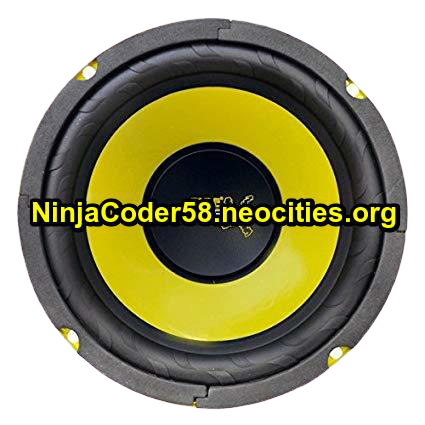
To be continued (also a clickbait tactic use of the "cliff hanger")

Copyright © 2024-2025 NC58 Network All Rights Reserved.
END
